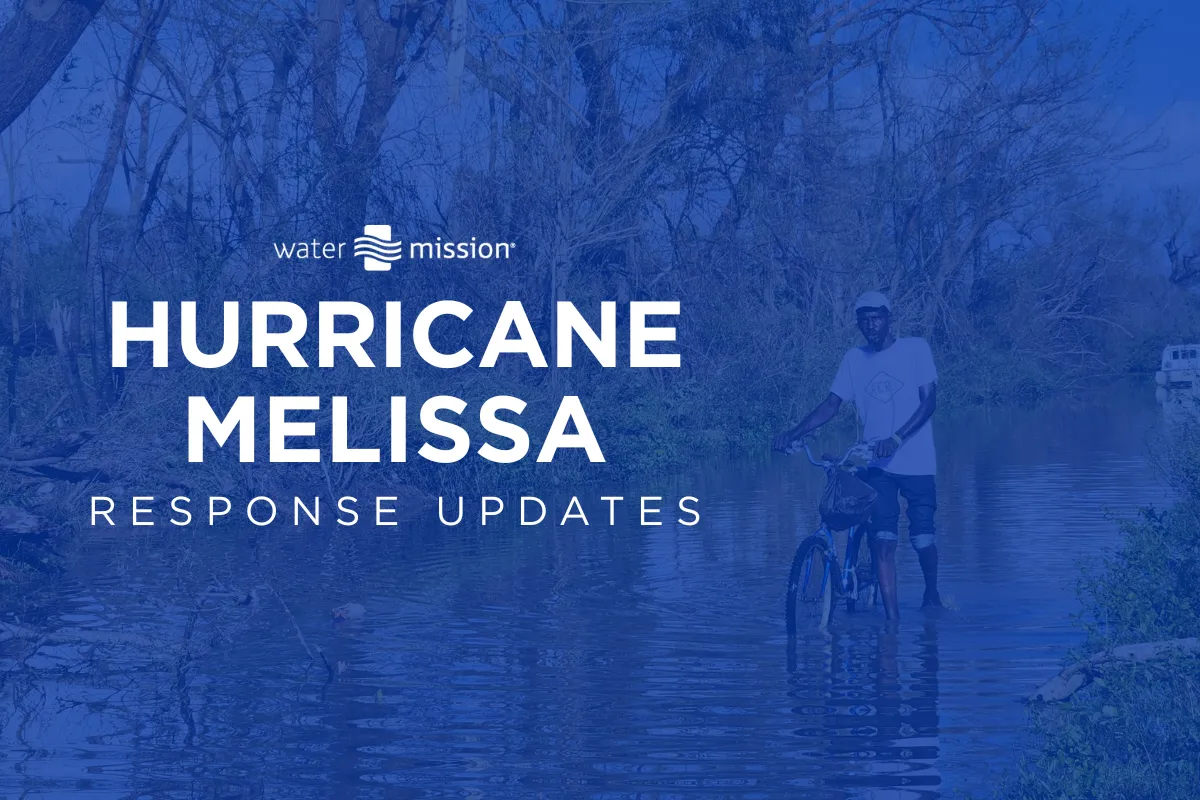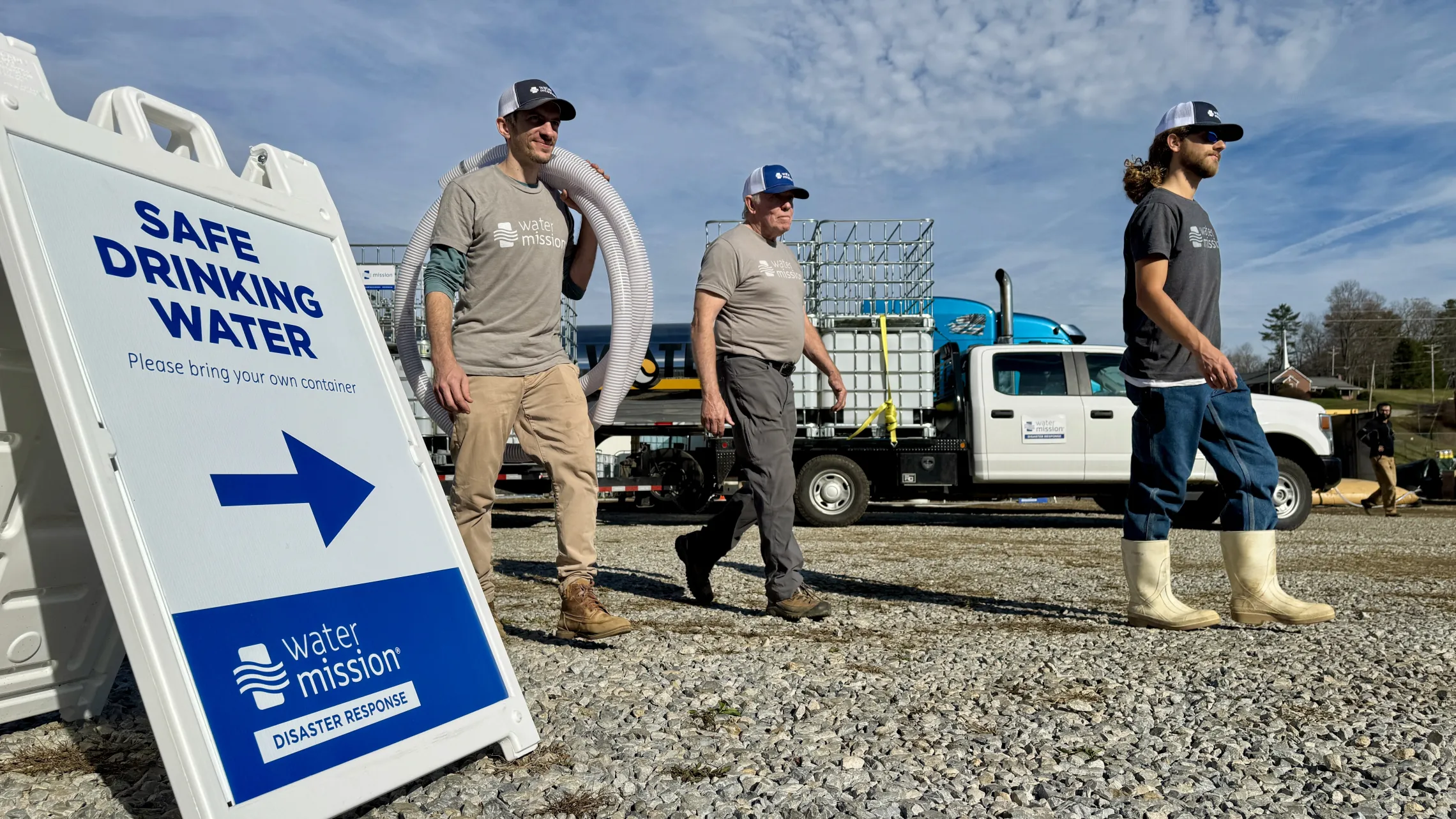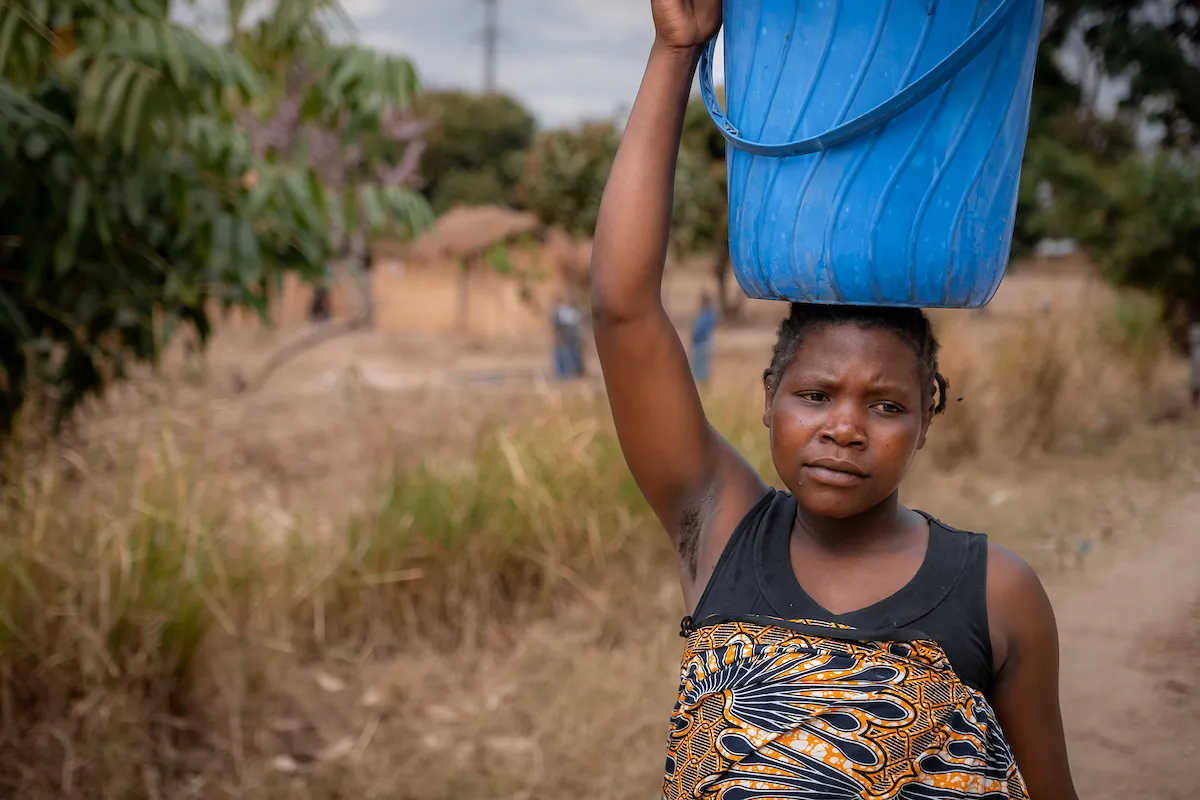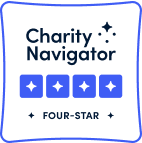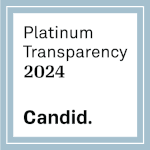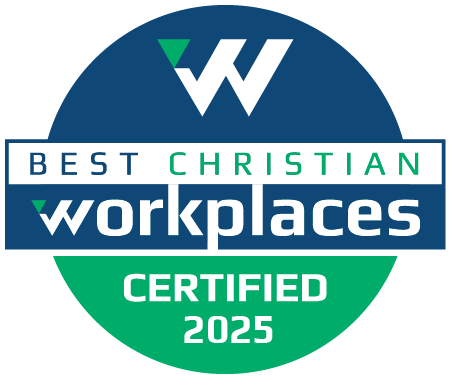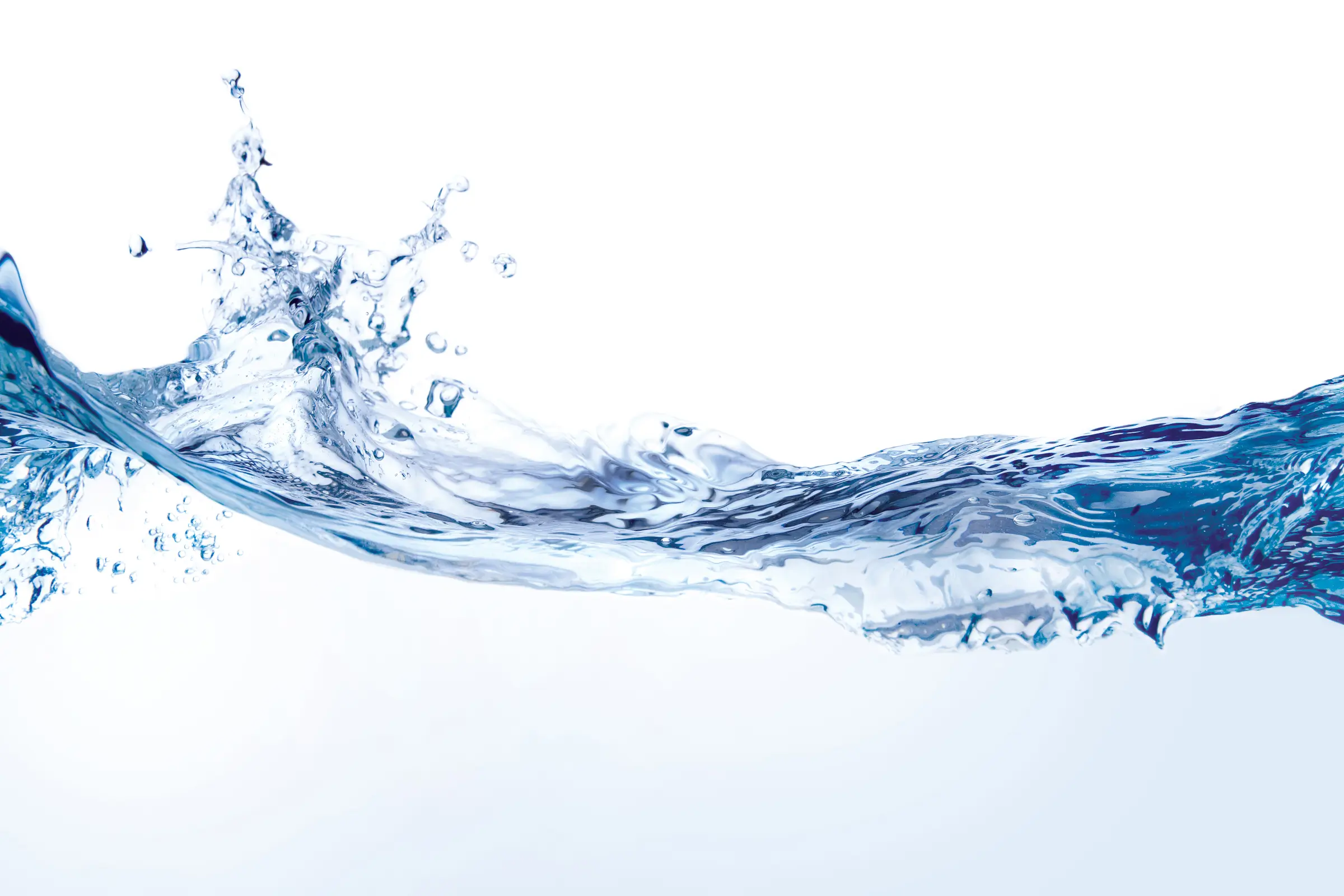Disaster Response 101
 Typhoon Haiyan tore through the Philippines in November 2013.
We continually monitor for potential and unfolding disasters around the world so that we can act as soon as we’re needed. Once a disaster strikes, Water Missions International decides whether or not to deploy staff and systems. While we always want to help, there may be situations where we’re not best suited to meet the needs on the ground. In most cases, we do decide to respond and then our first task is to make sure we’ll be able to get our staff and equipment on the ground to help. Unfortunately, it’s usually not easy to ship equipment into a country in the aftermath of disaster. Some countries have restrictions that prevent our staff or equipment from entering rapidly, or logistics are a challenge due to compromised infrastructure. But thanks to our partnerships and experience around the world, we are prepared to work through these types of issues.
When we decide to respond, we quickly coordinate with all of our staff to determine who is best suited to respond, how they will get there, and what equipment needs to be shipped. Based on the situation, we’ll send staff from our Charleston office, staff from one of our international offices, or highly trained volunteers.
Different disaster situations require different safe water solutions. Sometimes our staff will be working with relatively clean water sources that only need purification to insure that the water is free of contamination and safe to drink. In these circumstances our erosion chlorinator is the best solution. Often, the only available water source is muddied, contaminated flood waters, which require filtration as well as purification. In these cases our Living Water™ Treatment System is the best option. Typically, most of our disaster response systems are powered by diesel generators, but sometimes the situation on the ground might be better suited for solar power.
Typhoon Haiyan tore through the Philippines in November 2013.
We continually monitor for potential and unfolding disasters around the world so that we can act as soon as we’re needed. Once a disaster strikes, Water Missions International decides whether or not to deploy staff and systems. While we always want to help, there may be situations where we’re not best suited to meet the needs on the ground. In most cases, we do decide to respond and then our first task is to make sure we’ll be able to get our staff and equipment on the ground to help. Unfortunately, it’s usually not easy to ship equipment into a country in the aftermath of disaster. Some countries have restrictions that prevent our staff or equipment from entering rapidly, or logistics are a challenge due to compromised infrastructure. But thanks to our partnerships and experience around the world, we are prepared to work through these types of issues.
When we decide to respond, we quickly coordinate with all of our staff to determine who is best suited to respond, how they will get there, and what equipment needs to be shipped. Based on the situation, we’ll send staff from our Charleston office, staff from one of our international offices, or highly trained volunteers.
Different disaster situations require different safe water solutions. Sometimes our staff will be working with relatively clean water sources that only need purification to insure that the water is free of contamination and safe to drink. In these circumstances our erosion chlorinator is the best solution. Often, the only available water source is muddied, contaminated flood waters, which require filtration as well as purification. In these cases our Living Water™ Treatment System is the best option. Typically, most of our disaster response systems are powered by diesel generators, but sometimes the situation on the ground might be better suited for solar power.
 A Water Missions International staff member tests a local water supply for contaminants after Typhoon Haiyan.
Once our staff arrive on the ground, they must first set up a base of operations. Here our team will store all equipment while they assess the needs of the area. They will use the base of operations as an office from where they can coordinate their efforts with other relief organizations and make sure that they are bringing safe water to the people most in need. Joint efforts with other organizations and liaising with cluster groups ensure a more effective response.
Our safe water solutions are, in many ways, very similar to the community based projects that we execute regularly around the world. We use the same equipment, the same technicians, and the same approach. The only differences are due to the need to install systems as quickly as possible. As with all of our projects, we don’t plan for short term relief. We are in it for the long haul.
Water Missions International hopes to leave every community better than before we arrived on the scene. Disaster relief is the first part of our response. We want to work with communities as they transition from needing relief after a disaster to recovery and on through rebuilding. Our safe water systems are designed to last for decades and with training, we believe these solutions will last for generations. Our hope is that the same will be true for the communities we work with in disaster response scenarios. As people leave refugee camps and return to communities, our systems can do the same.
While the approach described above works well on paper, Water Missions International has had enough experience in disaster relief to know that every disaster is unique and requires a different approach. An important part of any response is the need to remain flexible to adapt our response to the ever changing conditions in the disaster area. We monitored the progress of Typhoon Haiyan as the storm formed over the Pacific. Aware that a storm of such magnitude could obliterate anything in its path, we readied ourselves to spring into action before the storm struck. When Haiyan made landfall, we immediately began to work in conjunction with other organizations to bring safe water solutions to the Filipino people.
A Water Missions International staff member tests a local water supply for contaminants after Typhoon Haiyan.
Once our staff arrive on the ground, they must first set up a base of operations. Here our team will store all equipment while they assess the needs of the area. They will use the base of operations as an office from where they can coordinate their efforts with other relief organizations and make sure that they are bringing safe water to the people most in need. Joint efforts with other organizations and liaising with cluster groups ensure a more effective response.
Our safe water solutions are, in many ways, very similar to the community based projects that we execute regularly around the world. We use the same equipment, the same technicians, and the same approach. The only differences are due to the need to install systems as quickly as possible. As with all of our projects, we don’t plan for short term relief. We are in it for the long haul.
Water Missions International hopes to leave every community better than before we arrived on the scene. Disaster relief is the first part of our response. We want to work with communities as they transition from needing relief after a disaster to recovery and on through rebuilding. Our safe water systems are designed to last for decades and with training, we believe these solutions will last for generations. Our hope is that the same will be true for the communities we work with in disaster response scenarios. As people leave refugee camps and return to communities, our systems can do the same.
While the approach described above works well on paper, Water Missions International has had enough experience in disaster relief to know that every disaster is unique and requires a different approach. An important part of any response is the need to remain flexible to adapt our response to the ever changing conditions in the disaster area. We monitored the progress of Typhoon Haiyan as the storm formed over the Pacific. Aware that a storm of such magnitude could obliterate anything in its path, we readied ourselves to spring into action before the storm struck. When Haiyan made landfall, we immediately began to work in conjunction with other organizations to bring safe water solutions to the Filipino people.
 Water Missions International has been hard at work providing safe water access to the Philippines in the aftermath of Typhoon Haiyan.
Within days, our staff and equipment were on the ground in Manila, where we first began meeting with other water and sanitation relief groups and clusters to coordinate response efforts. We then set up a base of operations in the disaster area as we proceeded to assess and bring safe water solutions to the people impacted by the storm. In the aftermath of the storm, we worked to provide the same quality of care and technical expertise we use in our regular community development projects around the world. Staff and volunteers traveled from our nearby office in Indonesia and our headquarters in Charleston, SC.
While the staff has rotated in and out over the last few months, we continue to maintain a constant presence in the Philippines while we assist in recovery efforts on the islands of Panay, Cebu, Bohol, and Leyte. We have installed our Living Water™ Treatment Systems, stand-alone chlorinators, and consulted for local water treatment plants. As the people of the Philippines rebuild their lives and start anew, we look forward to working with them to ensure that safe water will always flow, forevermore.
Water Missions International has been hard at work providing safe water access to the Philippines in the aftermath of Typhoon Haiyan.
Within days, our staff and equipment were on the ground in Manila, where we first began meeting with other water and sanitation relief groups and clusters to coordinate response efforts. We then set up a base of operations in the disaster area as we proceeded to assess and bring safe water solutions to the people impacted by the storm. In the aftermath of the storm, we worked to provide the same quality of care and technical expertise we use in our regular community development projects around the world. Staff and volunteers traveled from our nearby office in Indonesia and our headquarters in Charleston, SC.
While the staff has rotated in and out over the last few months, we continue to maintain a constant presence in the Philippines while we assist in recovery efforts on the islands of Panay, Cebu, Bohol, and Leyte. We have installed our Living Water™ Treatment Systems, stand-alone chlorinators, and consulted for local water treatment plants. As the people of the Philippines rebuild their lives and start anew, we look forward to working with them to ensure that safe water will always flow, forevermore.
Related Impact Stories
